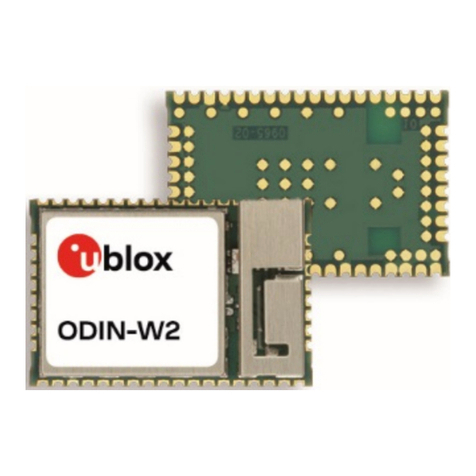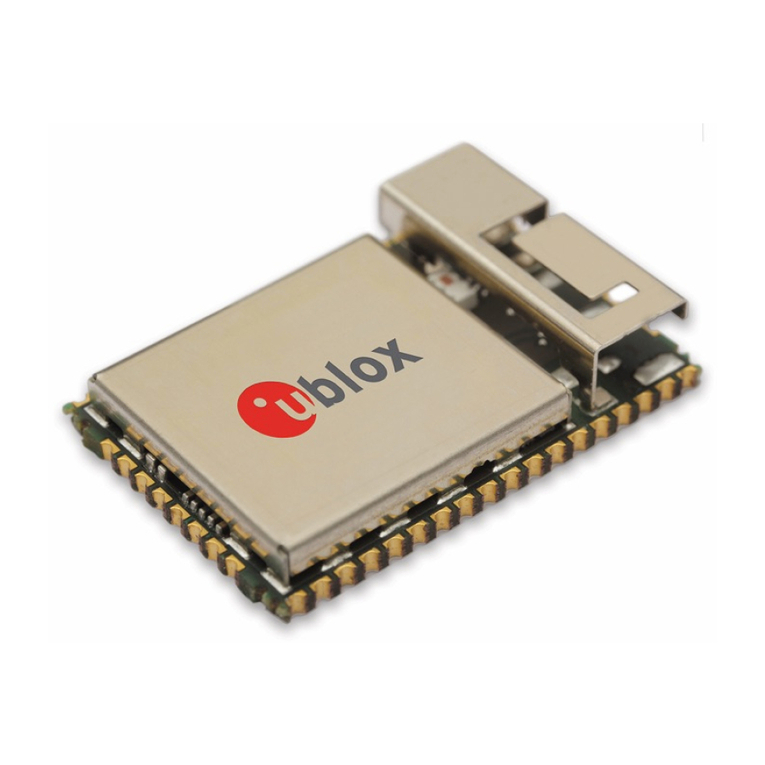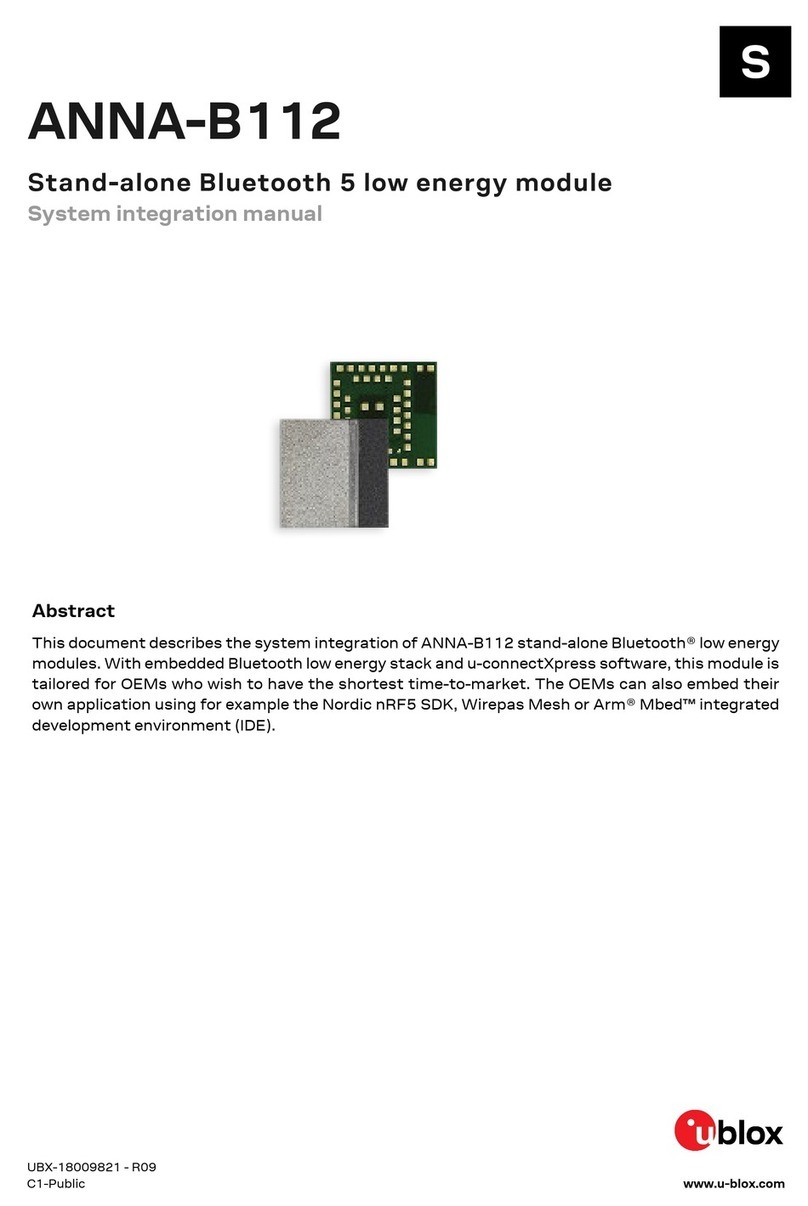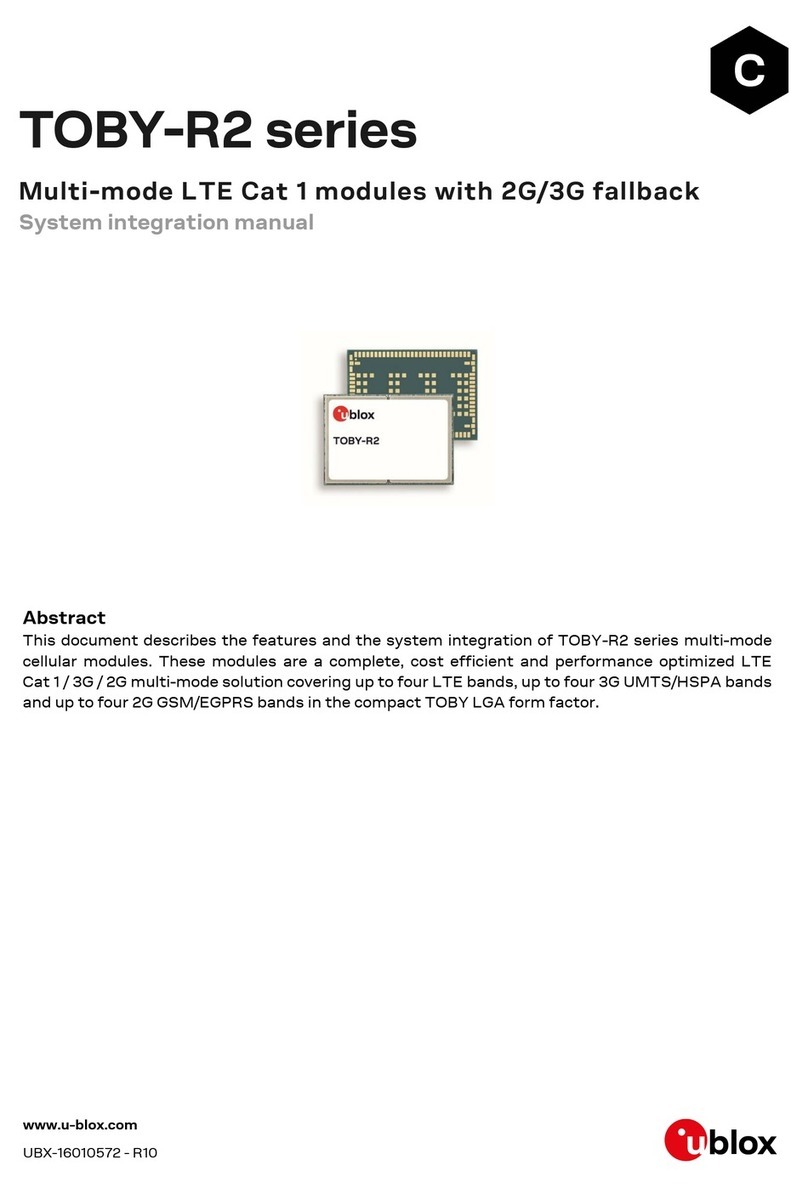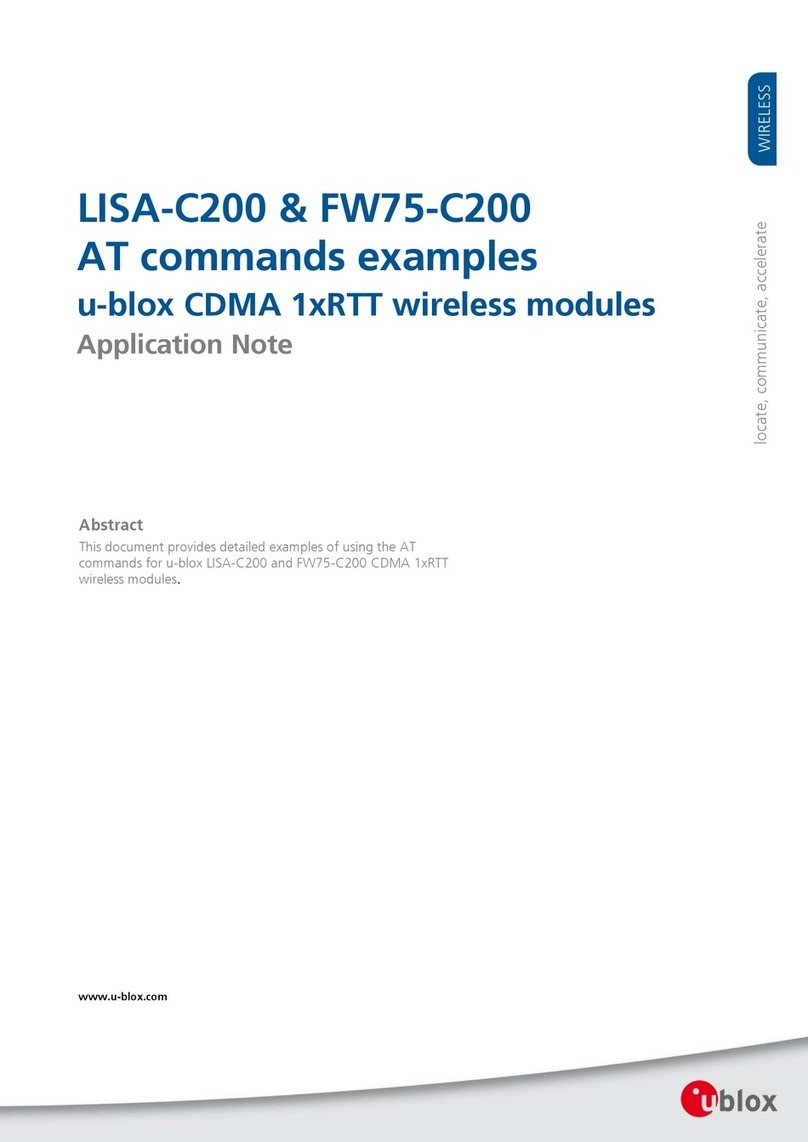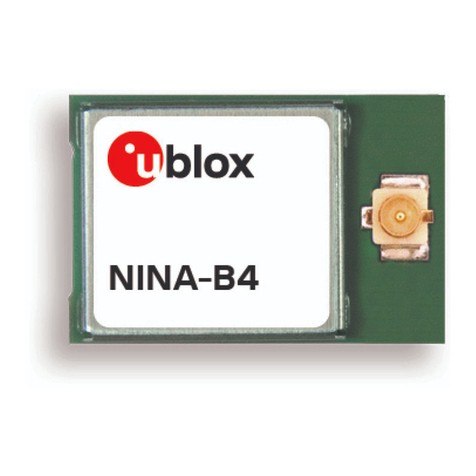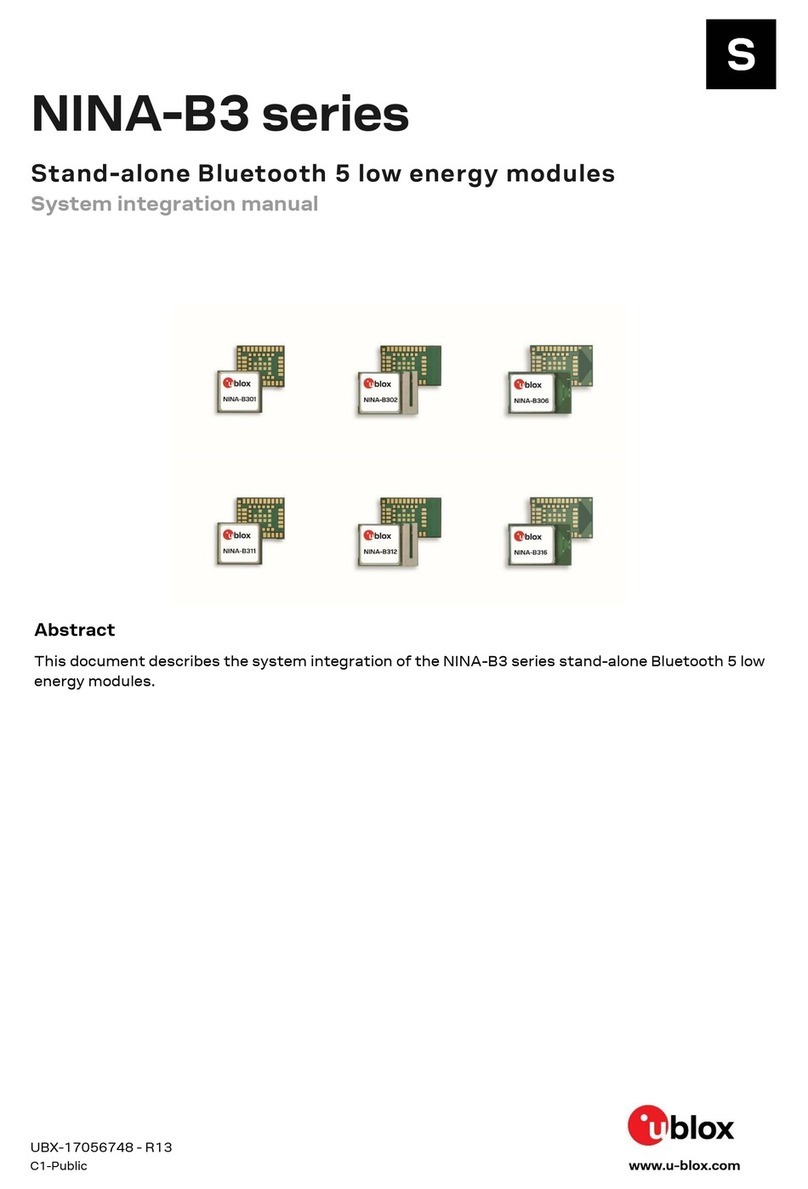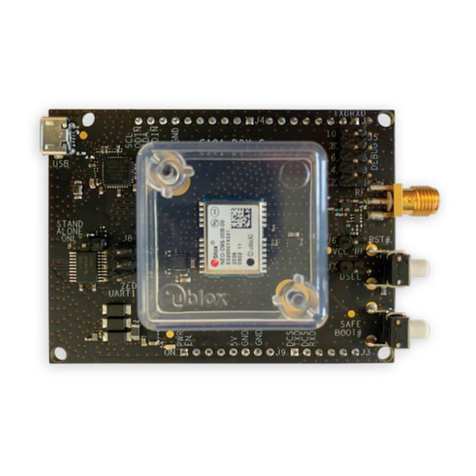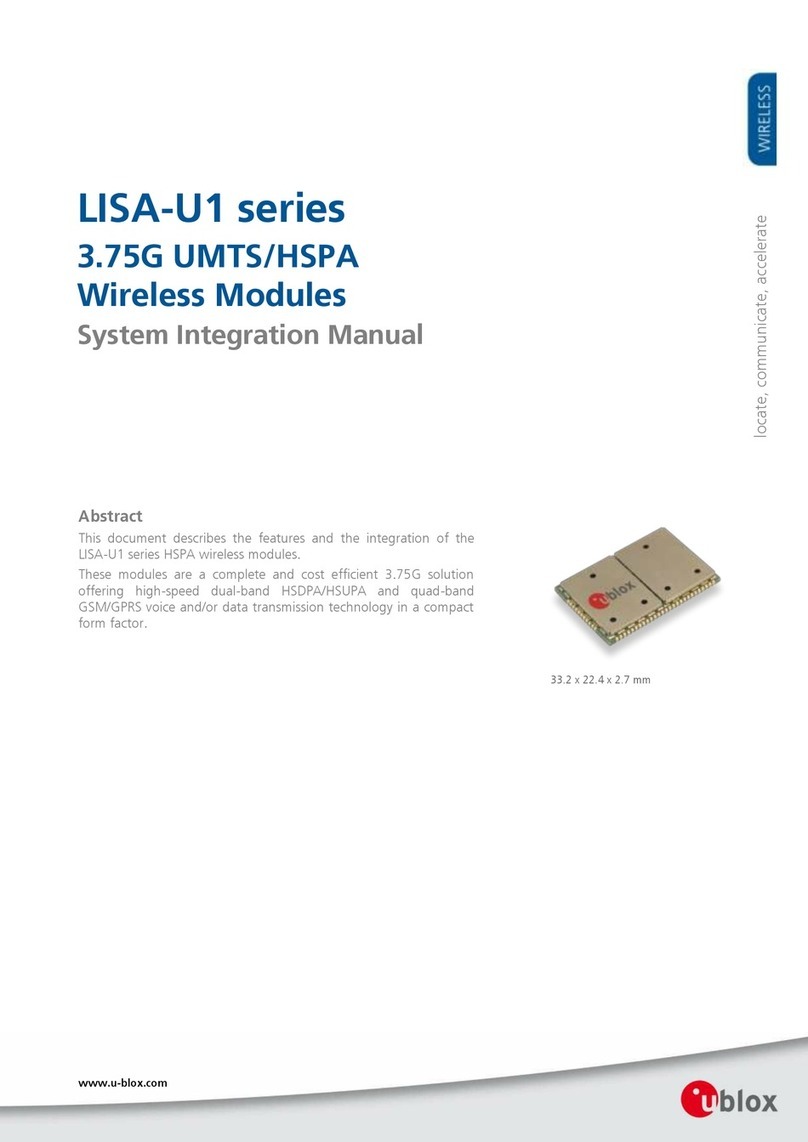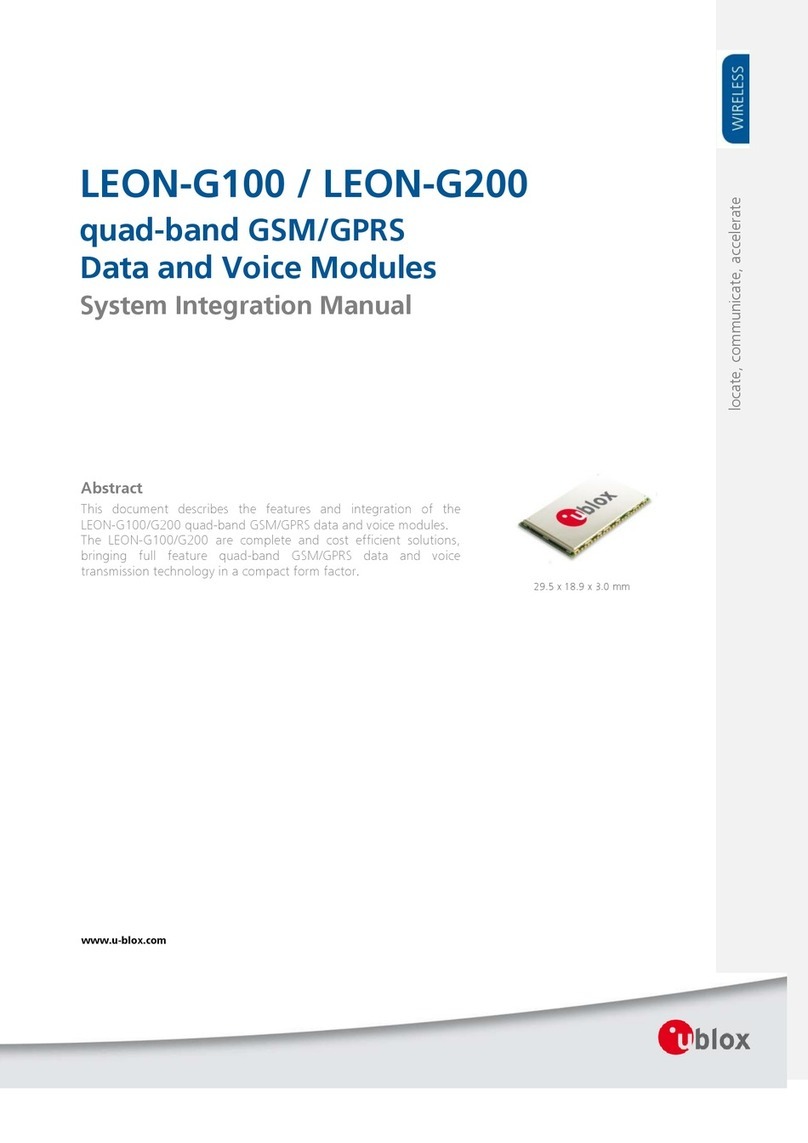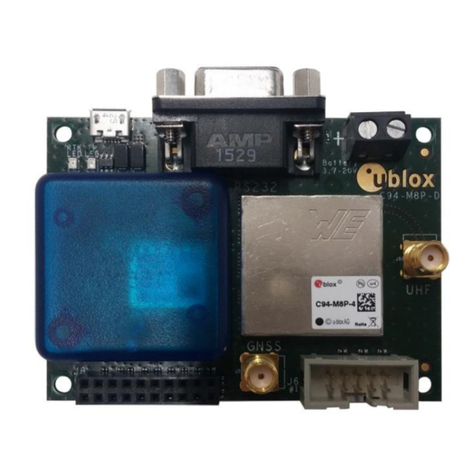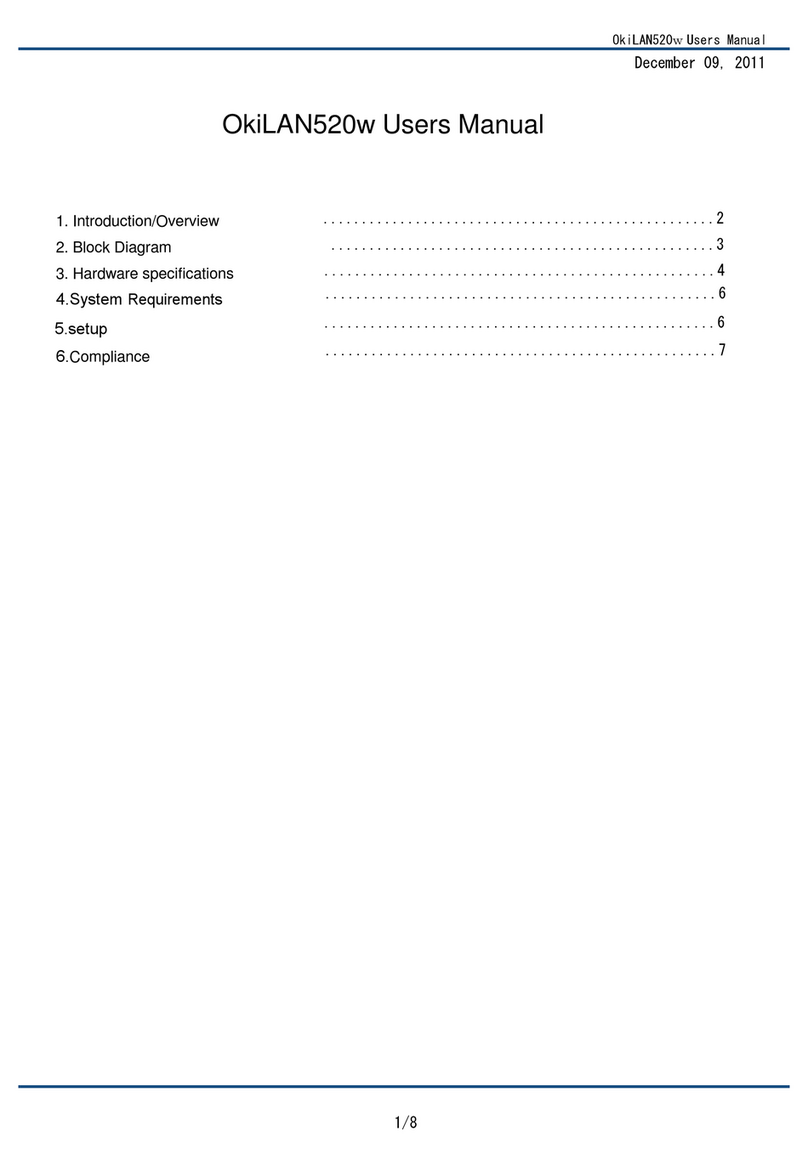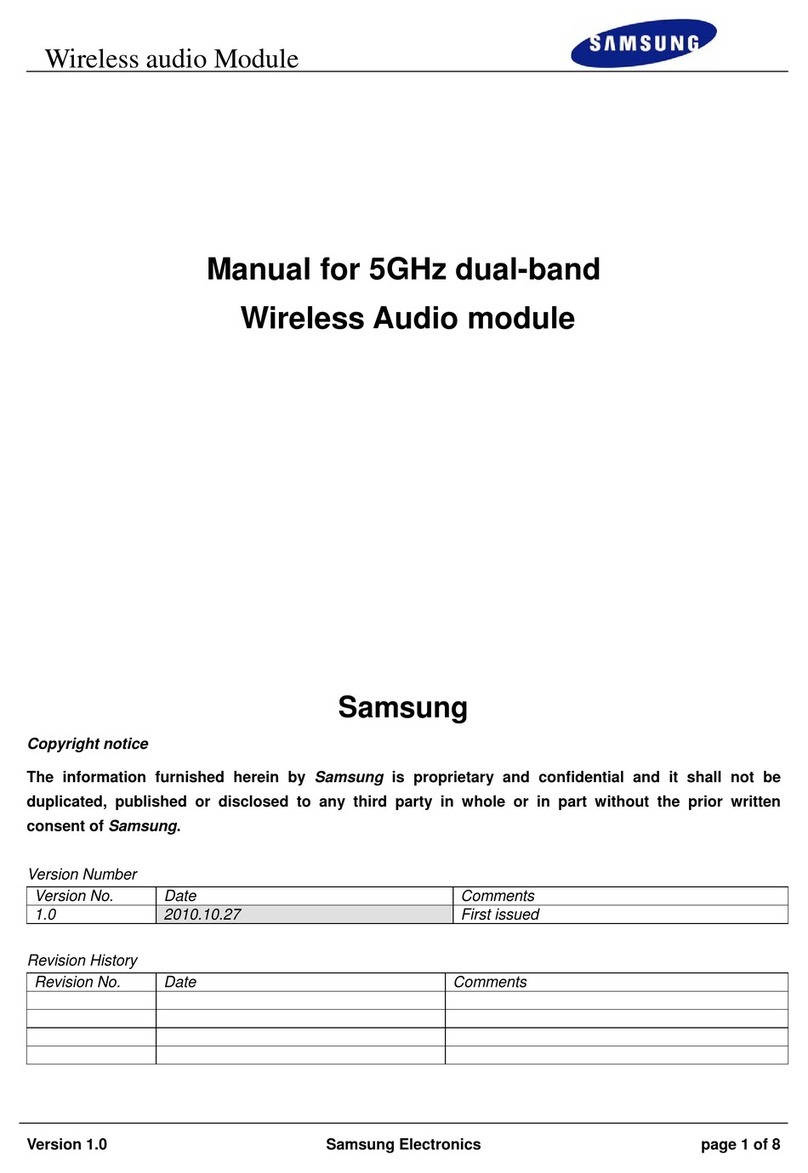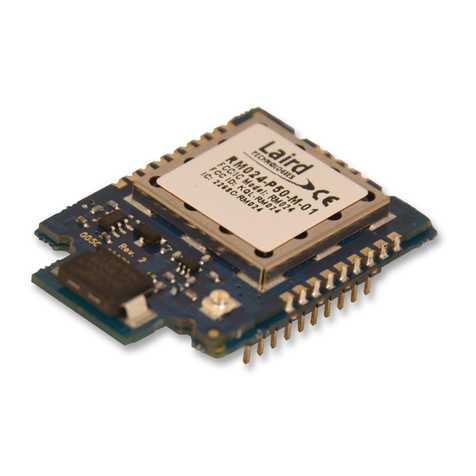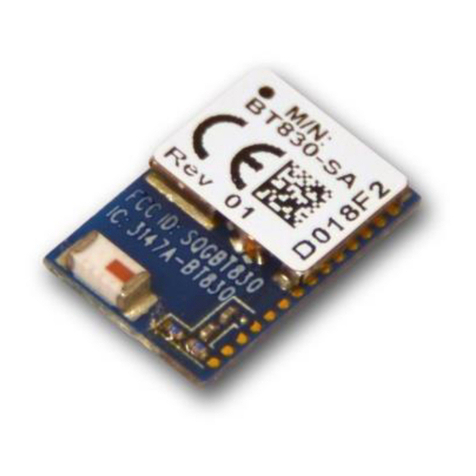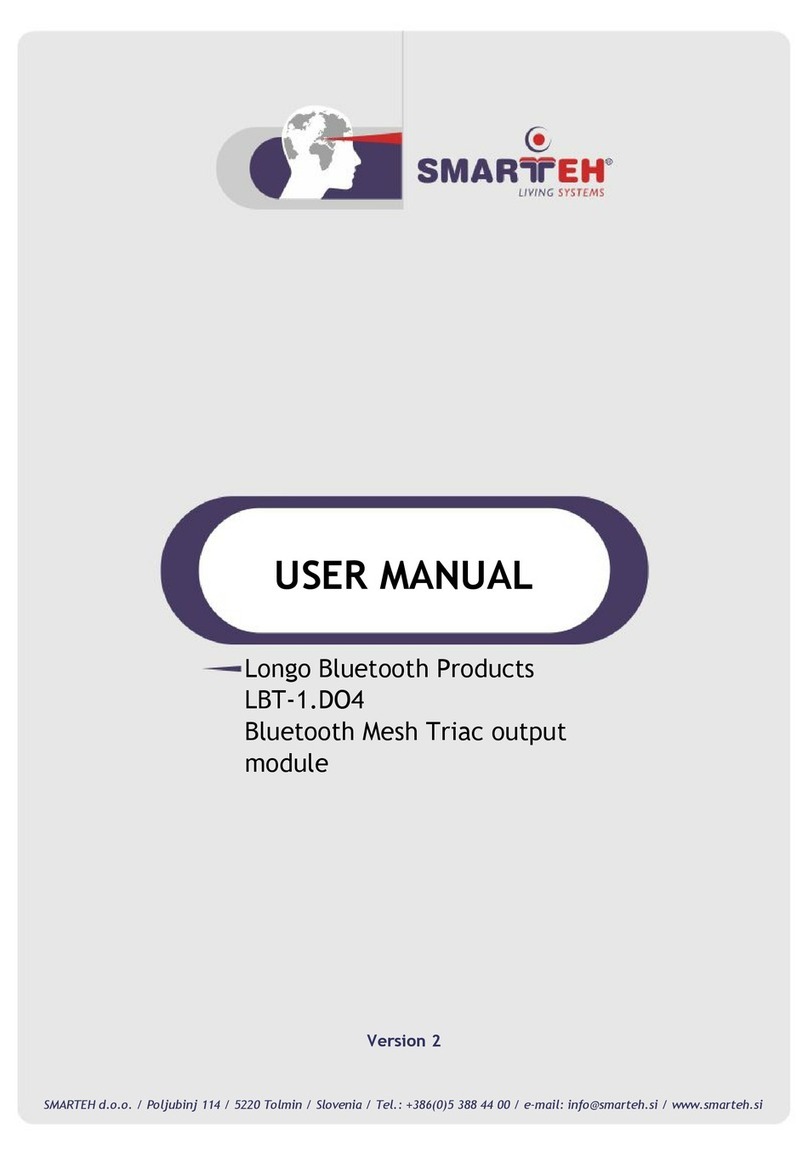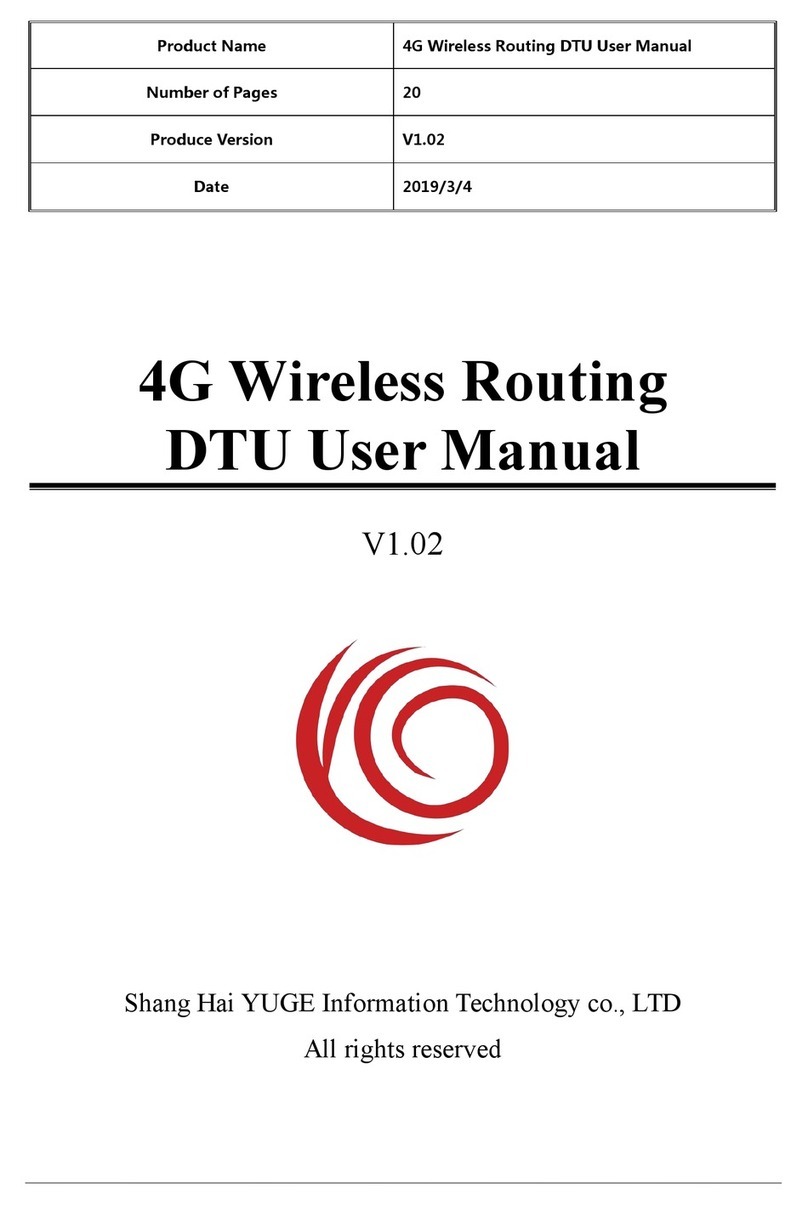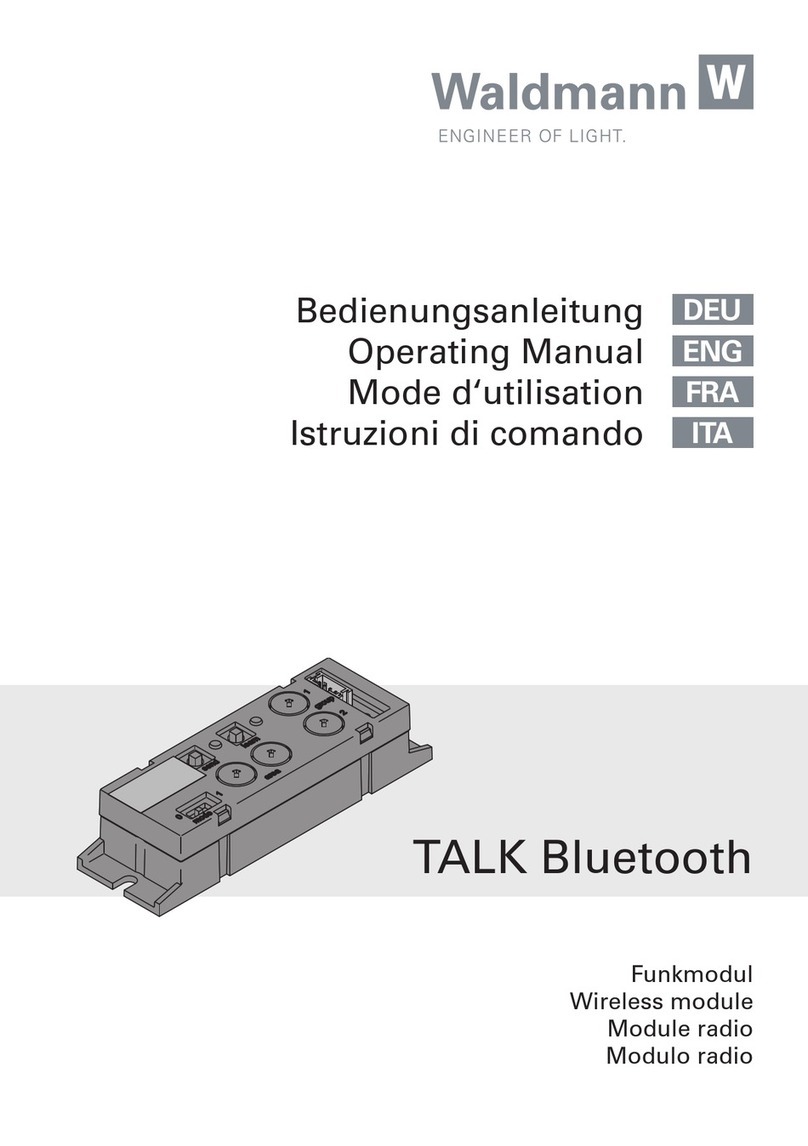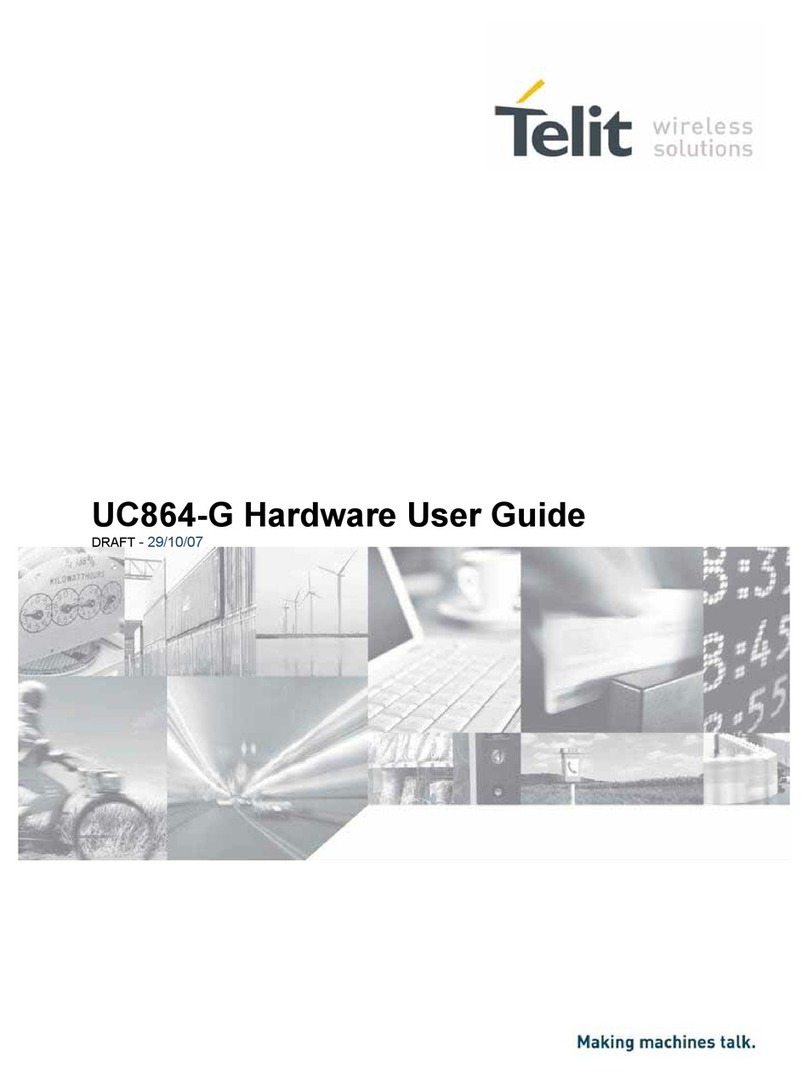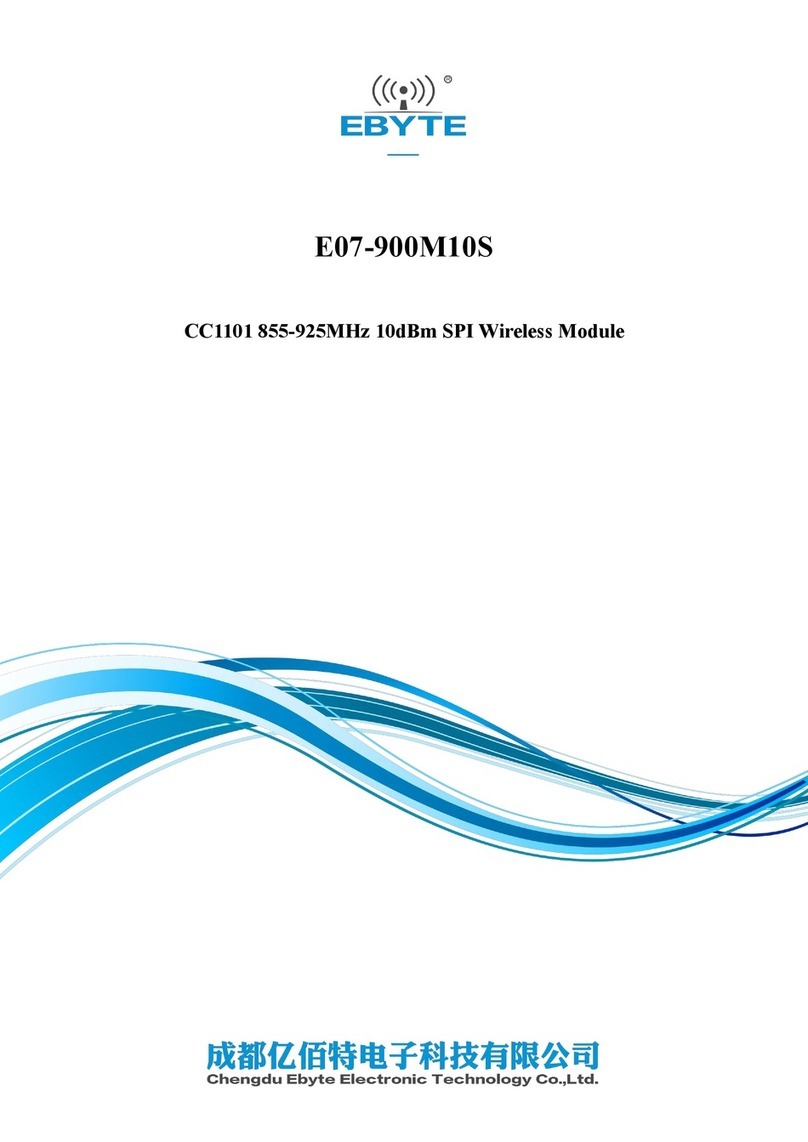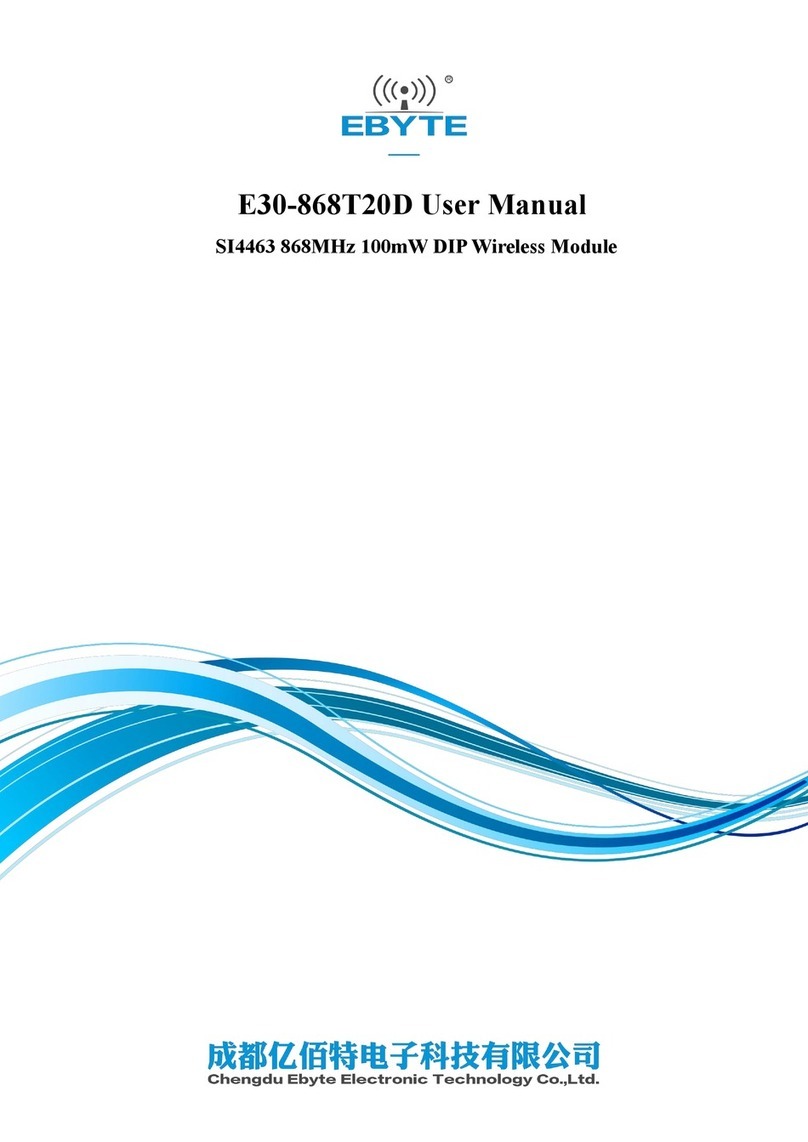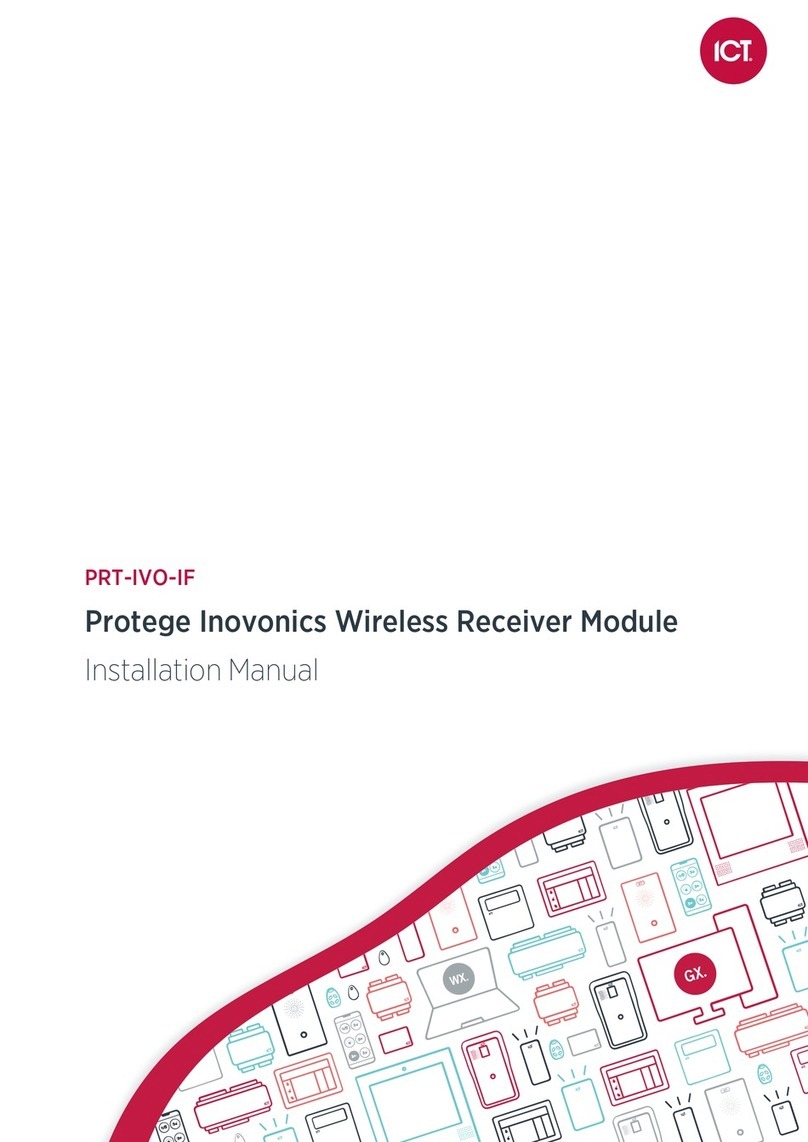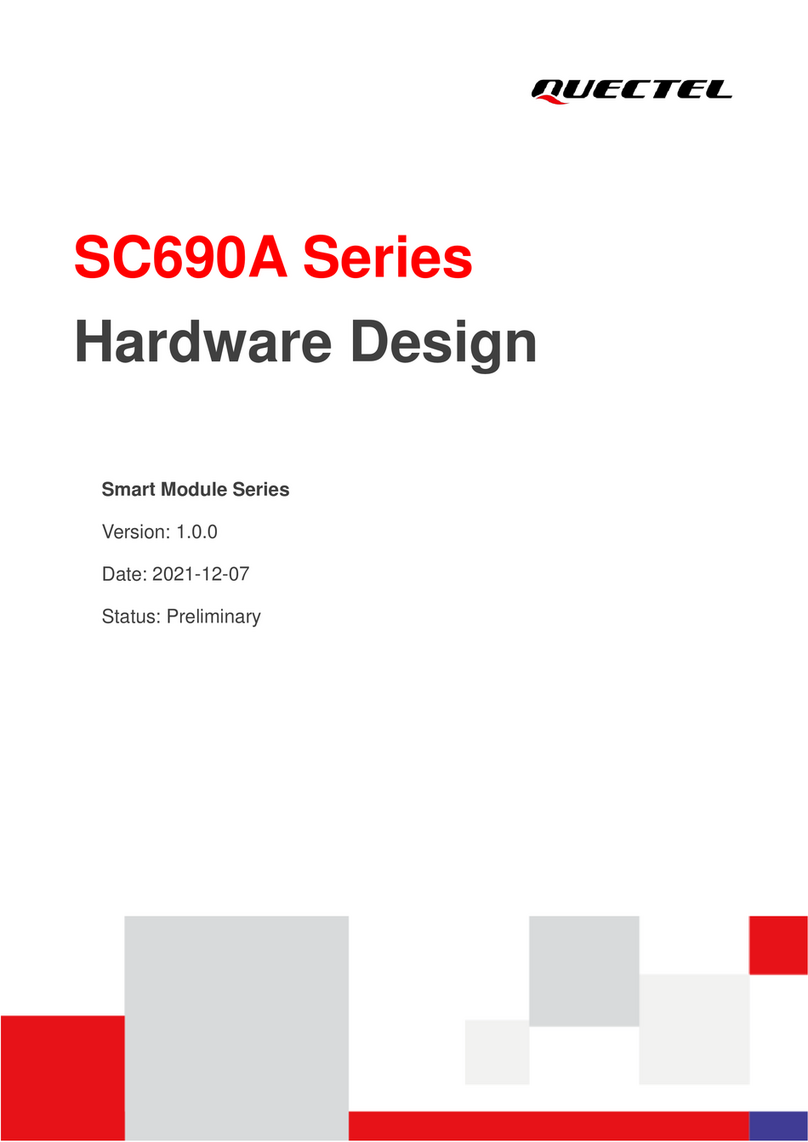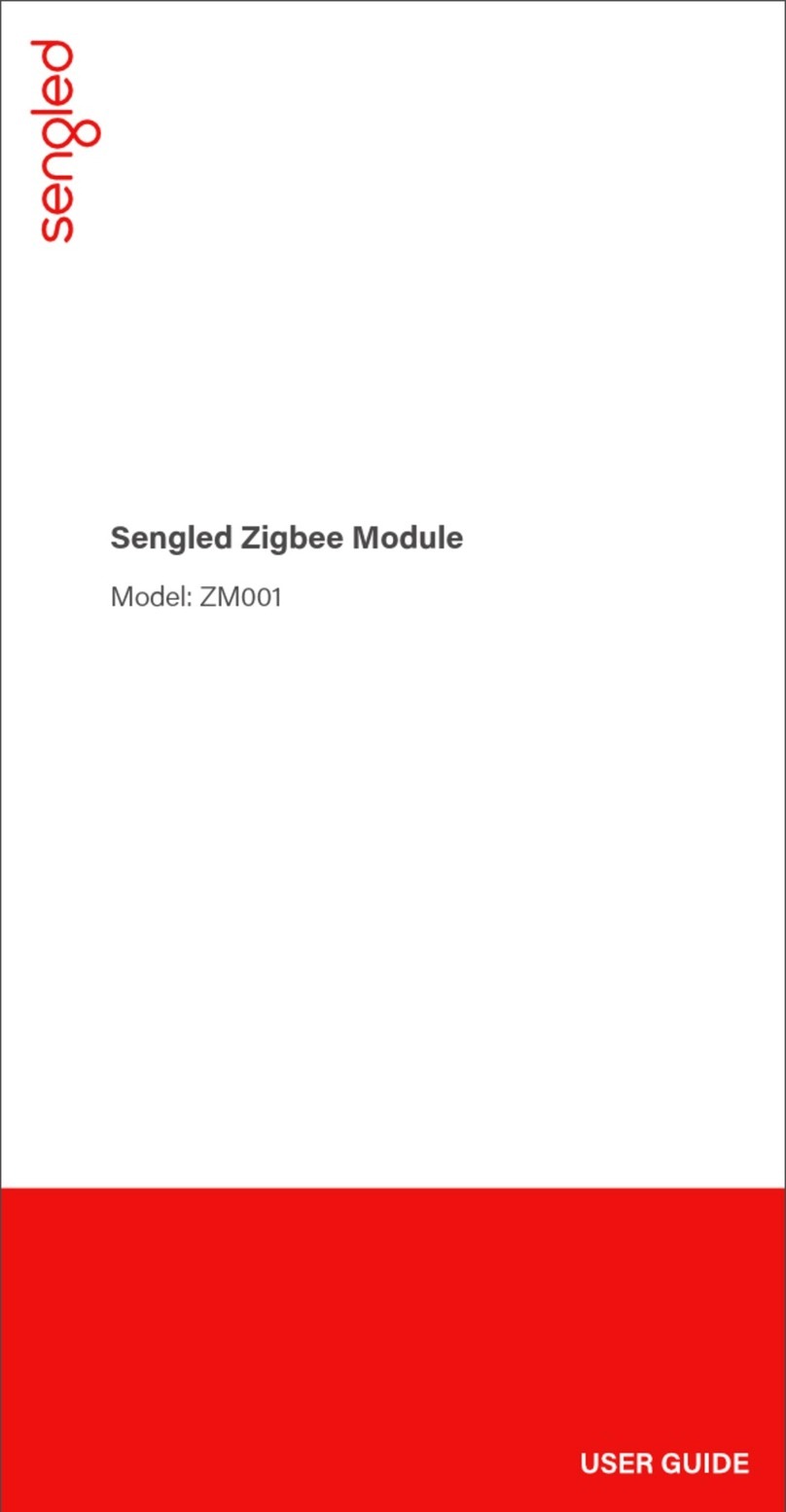
NINA-W1 series - System integration manual
UBX-17005730 - R15 Contents Page 4 of 54
C1 - Public
2.7.1 NINA-W10 series ..............................................................................................................................29
2.7.2 NINA-W13/W15 series ....................................................................................................................29
2.8 NINA-W10 OTP and production information ......................................................................................29
Design-in............................................................................................................................................. 30
3.1 Overview......................................................................................................................................................30
3.2 Supply interfaces ......................................................................................................................................30
3.2.1 Module supply (VCC) design...........................................................................................................30
3.2.2 Digital I/O interfaces reference voltage (VCC_IO)......................................................................31
3.3 Antenna interface.....................................................................................................................................31
3.3.1 RF transmission line design (NINA-W1x1)..................................................................................31
3.3.2 Antenna design (NINA-W1x1)........................................................................................................33
3.3.3 On-board antenna design ...............................................................................................................36
3.4 Data communication interfaces ............................................................................................................38
3.4.1 Asynchronous serial interface (UART) design............................................................................38
3.4.2 Ethernet (RMII+SMI) ........................................................................................................................38
3.5 General high-speed layout guidelines...................................................................................................38
3.5.1 General considerations for schematic design and PCB floor-planning.................................39
3.5.2 Module placement ............................................................................................................................39
3.5.3 Layout and manufacturing.............................................................................................................39
3.6 Module footprint and paste mask .........................................................................................................39
3.7 Thermal guidelines ...................................................................................................................................40
3.8 ESD guidelines ...........................................................................................................................................40
Handling and soldering................................................................................................................... 42
4.1 ESD handling precautions.......................................................................................................................42
4.2 Packaging, shipping, storage, and moisture preconditioning .........................................................42
4.3 Reflow soldering process.........................................................................................................................43
4.3.1 Cleaning ..............................................................................................................................................44
4.3.2 Other remarks ...................................................................................................................................44
Approvals............................................................................................................................................ 45
5.1 General requirements ..............................................................................................................................45
5.2 FCC/IC End-product regulatory compliance........................................................................................45
5.2.1 NINA-W101 and NINA-W102 FCC ID and IC certification number ........................................45
5.2.2 NINA-W13/W15 series FCC ID and IC certification number....................................................45
5.2.3 Antenna requirements ....................................................................................................................46
Product testing................................................................................................................................. 47
6.1 u-blox in-line production test..................................................................................................................47
6.2 OEM manufacturer production test .....................................................................................................48
6.2.1 “Go/No go” tests for integrated devices ......................................................................................48
Appendix .................................................................................................................................................... 49
AGlossary .............................................................................................................................................. 49
Related documents ................................................................................................................................ 51
Revision history ....................................................................................................................................... 52
Contact....................................................................................................................................................... 54

